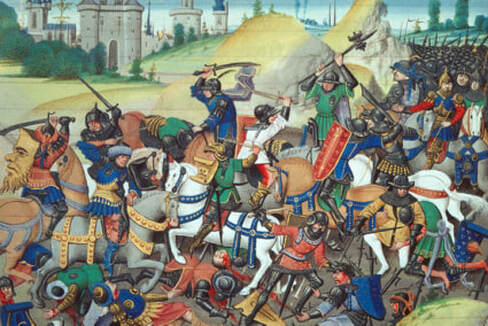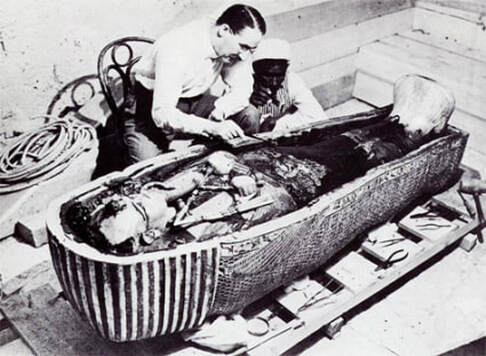|
On this day in 1865, the United States adopted the Thirteenth Amendment, abolishing slavery and servitude except as punishment for a crime.
To learn more about the 13th Amendment, try the following resources:
All of my posts about abolition can be found here. All of my posts on the Civil War can be found here.
0 Comments
The day after Thanksgiving, marks the fourth annual the National Day of Listening. And while the observance is an unofficial one started by NPR's StoryCorps, it does serve as a reminder to take the time to record the stories of our families and friends. It is also the perfect opportunity for teachers to think about how to use oral histories in their classrooms.There are a number of online teachers' guides for conducting an oral history project, including Using Oral History (Library of Congress), What Is Oral History (History Matters), and Gathering the Forgotten Voices (Tulane University). In addition, StoryCorps has also developed a list of Great Questions that can be adapted for a classroom oral history project.
To find oral history projects available on the internet, try the following resources:
This seems to be the appropriate time to share information about one very peculiar American tradition, the presidential pardon of the Thanksgiving turkey. Earlier today, President Obama pardoned a pair 45 pound birds named "Liberty" and "Peace." They were chosen from a group of 30 turkeys raised by student members of the Future Farmers of America in Willmar, Minnesota. After the ceremony, the pair were retired to George Washington's historic home in Mt. Vernon, Virginia.
I couldn't resist adding this clip from The West Wing, just for fun. All in all, Martin Sheen's President Bartlet does a pretty good jump of summing up the unique event. For more information Thanksgiving, as well as the actual presidential turkey, try the following resources:
On this day in 1095, Pope Urban II called for Christian princes across Europe to launch a war against Muslims in order to reclaim the Holy Land, promising to all those who went forgiveness of their sins and to all who died in the expedition immediate entry into heaven. Between 60,000 and 100,000 people responded to Urban's call to march on Jerusalem. After gaining control of the city in July 1099, the Crusaders set up several Latin Christian states. It was, however, a short victory. Less than fifty years later, Muslims once again conquered Jerusalem. All told, Europe launched a total of seven major Crusades over nearly 200 years.
For more information about the Middle Ages and the Crusades, try the following resources:
All of my posts on European history can be found here. On this day in 1922, British archaeologists Howard Carter and Lord Carnarvon looked into Egyptian king Tutankhamun’s for the first time in more than 3000 years. The sealed burial chambers were intact, and inside was a collection of several thousand priceless objects, including a gold coffin containing the mummy of the teenage king. The clearance of the tomb with its thousands of objects continued for nearly a decade, and sparked a renewed public interest in ancient Egypt. For more information on King Tutankhamun and ancient Egypt, try the following resources:
All of my posts on ancient history can be found here.
On this day in 1863, President Abraham Lincoln delivered one of the most memorable speeches in American history. In just 272 words, Lincoln reminded a war-weary public why the Union had to fight, and win, the Civil War. The Battle of Gettysburg, fought four months earlier, was the single bloodiest battle of the war. Over the course of three days, more than 45,000 men were killed, injured, captured or went missing. It also proved to be a turning point as it marked the last Confederate invasion of Northern territory and the beginning of the Southern army's ultimate decline.
To learn more about the the Battle of Gettysburg and the Gettysburg Address, try the following resources:
All of my posts on the Civil War can be found here.
To learn more about the Berlin Wall, try the following resources:
All of my posts about the Cold War can be seen here. |



